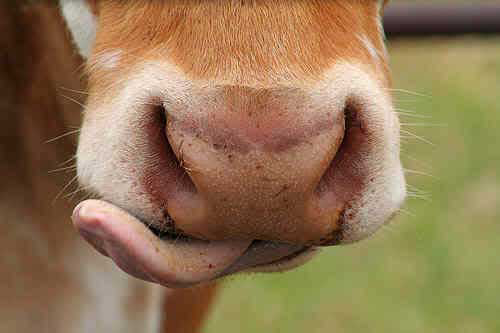Diverse forage can affect beef cattle taste and weight

The type of forage that cattle eat – grasses and other plants- can affect the nutritional value and taste of the meat, according to researchers from Clemson University, South Carolina.
Researchers reported that steers grazing on one of five forages kept in paddocks showed significant differences in growth, carcass and meat quality. The research can help cattle producers with alternatives to corn and feed when they are looking to add weight and value to their animals prior to sale.
A team of researchers supported by the Clemson University Experiment Station, Extension Service and College of Agriculture, Forestry and Life Sciences conducted a two-year experiment feeding Angus steers enclosed in five-acre lots planted with alfalfa, bermuda grass, chicory, cowpea or pearl millet. They reported their findings in the Journal of the American Society of Animal Science.
“Finishing steers on alfalfa and chicory during summer increased steer performance,” they wrote in the journal article. The report also stated that finishing on legumes (alfalfa and cowpea) increased carcass quality, and in taste tests consumers preferred the flavor of the meat. Finishing on bermuda grass and pearl millet improved the levels of healthy fatty acids that may reduce cancer risks.
The co-authors of the study are John Andrae, Susan Duckett and Steve Ellis, and Maggie Miller and Jason Schmidt, who were graduate students working on the research.
“The study is useful to beef producers in the Southeast, where summer heat is a challenge for finishing cattle” said Andrae, a forage and pasture specialist. “These forages have potential to boost steer growth and quality when traditional cool-season forages are either dormant or have slow growth rates and don’t do as good a job finishing cattle for market.”
A USDA Southern Region Sustainable Agriculture Research and Education grant contributed funding for the study.







